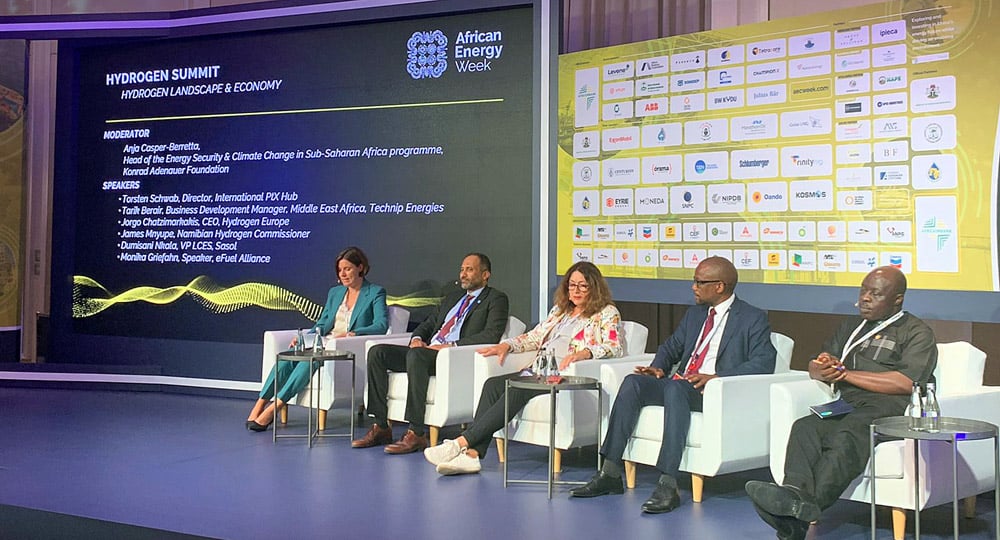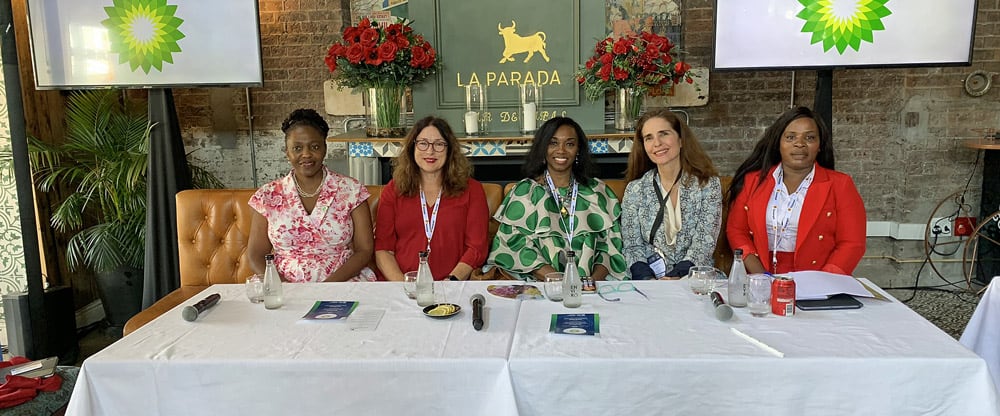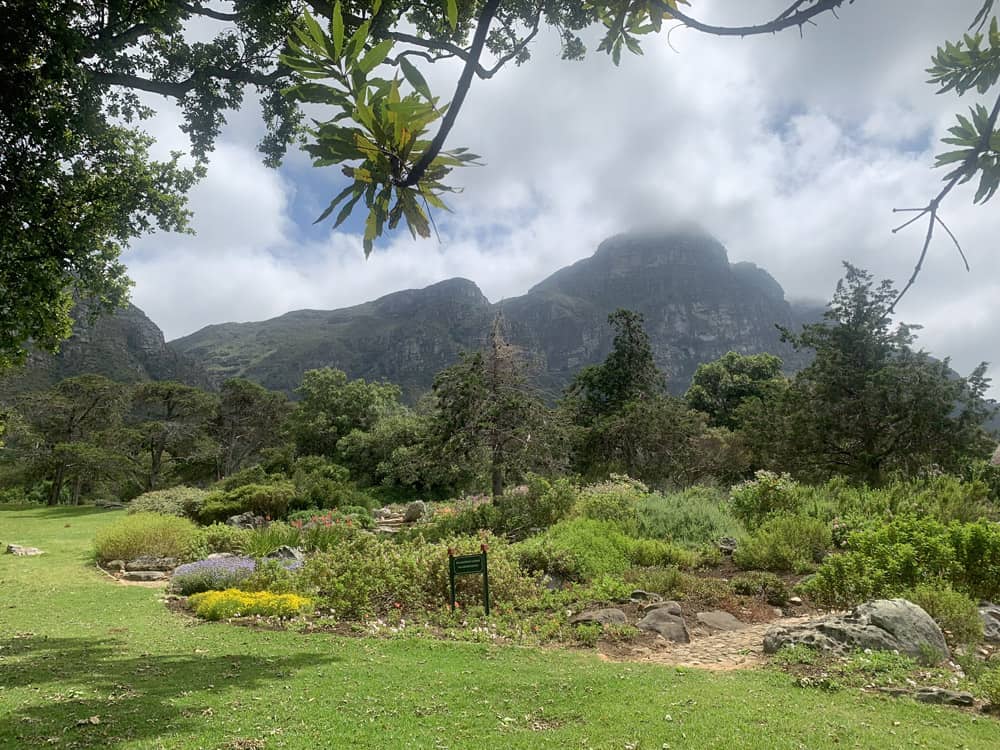The Fraunhofer Institute in Munich has analyzed that around 85,000 to 88,000 terawatt hours of climate-neutral synthetic fuel could be produced outside Europe. Around three quarters of Africa’s coastline would be suitable for producing solar or wind power. With this information in mind, I excitedly traveled to the African Energy Week on behalf of the eFuel Alliance. The large-scale gathering of the energy industry in southern Africa was held in Cape Town.
AFRICAN PLAYERS FOCUS ON OIL AND GAS
In many speeches and conversations, however, I found out on site that most African countries do rely on fossil energy forms. Oil and gas are available in large quantities. And because 600 million people in Africa are still without electricity and 900 million without adequate cooking facilities, there is an urgent need for action. The intention is to meet the demand with oil and gas and later to take care of the transformation to renewable energies.
That there is a desire and will to supply people with electricity quickly is totally understandable and more than right. But the solutions for renewables are also on the table. In the discussion rounds, I therefore tried to promote the clean technologies.
AROUSING MORE ENTHUSIASM FOR WIND AND SUN
Among the people I met in Cape Town, there were some who also want to go the renewable route to conserve natural resources and keep the air and water clean. For example, there was Ferose Oaten from TÜV Sued. She is Managing Director and founder of the AVTS Roadworthy Stations chain of test stations, and is tasked with establishing a systematic emissions control system in South Africa. In conversation, we tried to think of strategies to get South African companies and investors interested in producing hydrogen from sun and wind.
It was also exciting to think about how. How do we ensure acceptance for a change as massive as the transformation of the energy market? To that end, I met with Truida Prekel, head of Synnovation Solutions, an extremely interesting woman. The Synnovation approach is based on achieving business success through collaboration and innovation. It is about providing a corporate climate and a range of skills that foster creativity, communication and collaboration.
Also among the bright spots was the head of BP South Africa, Taelo Mojapelo. She is very open to transformation, and is getting a lot going in her company. Is it a coincidence that I came across women as particularly innovative?
LAND OF BEAUTY
Beyond the business world, the trip was a wonderful opportunity to get to know Cape Town. The fabled “tablecloth” lit up as I drove past Table Mountain from the airport. I was able to talk to locals and get a sense of their ideas and values.
Outstanding was a visit to the Kirstenbosch Botanical Gardens. It is spring in South Africa and therefore the garden is colorful! Protea, also called sugar bushes, grow abundantly. Garden guide Carol gave us an exciting history lesson about the country and the origins of the largest and probably most beautiful botanical garden in South Africa. She told a lot about the times of the different “occupiers” like the British or the Dutch. Everywhere you can see the traces of their investments.
Back in Germany, two impressions compete: the beauty of the country on the one hand and the self-confidently presented plans of most congress participants to rely on oil and gas on the other hand. They say they are taking this path because fossil resources are available in quantities. Yes, but so are sun and wind!



 Monika Griefahn GmbH
Monika Griefahn GmbH
Leave a Reply